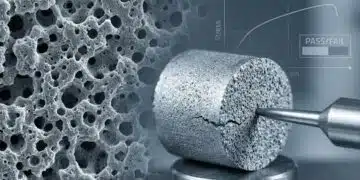Knowles Precision Devices is extending the range and performance of Class I C0G ceramic capacitors for power converter applications.
Improving overall system performance starts with foundational component selections.
Growing demand for high-energy, reliable and compact converters in electric vehicles (EVs) and other industrial and energy applications is encouraging development in components like multilayer ceramic capacitors (MLCCs).
MLCCs are known for their excellent electrical properties, reliability, and compact size; however, the demands they face only continue to grow.
In response, Knowles has extended the range and performance of our Class I Ceramic C0G Series Capacitors, designed for resonant circuits in power converter applications. We understand the conditions MLCCs face in the field, so our updates focus on reducing losses and increasing thermal efficiency to improve overall performance.
Our extended range focuses on:
- Low dissipation & equivalent series resistance (ESR) to prevent the capacitor from overheating.
- Superior ESR performance across frequency range 100KHz – 500KHz.
- Resonant/snubber applications in power converters in all markets: industrial, EV, renewables, and computing.
Highlights
- Capacitor Range: A 630V size 1210 capacitor covers up to 33nF
- Voltage Rating: Wide selection of case sizes for voltage ratings up to and beyond 1kV
- Size: Small package sizes, from size 1206, with stable and efficient thermal design for heat dissipation
- Temperature Range: MLCCs can withstand temperature cycling of -55°C to 125°C one thousand times without cracking; temperature coefficient of 0+/-30ppm
- Certifications: AEC-Q200-qualified options for automotive and industrial-grade applications
They’re also a great choice for the resonant tank of an LLC converter because of their stability and low loss. Further, the C0G series offers best-in-class equivalent series resistance (ESR) for high current flow and minimal thermal risks with many components connected in series and parallel.
Knowles is here to support development in high-power DC/DC converters and drive innovation in EVs, data center infrastructure, and the like. For more information, contact our engineering team to discuss your application needs or review the following data sheets.






























